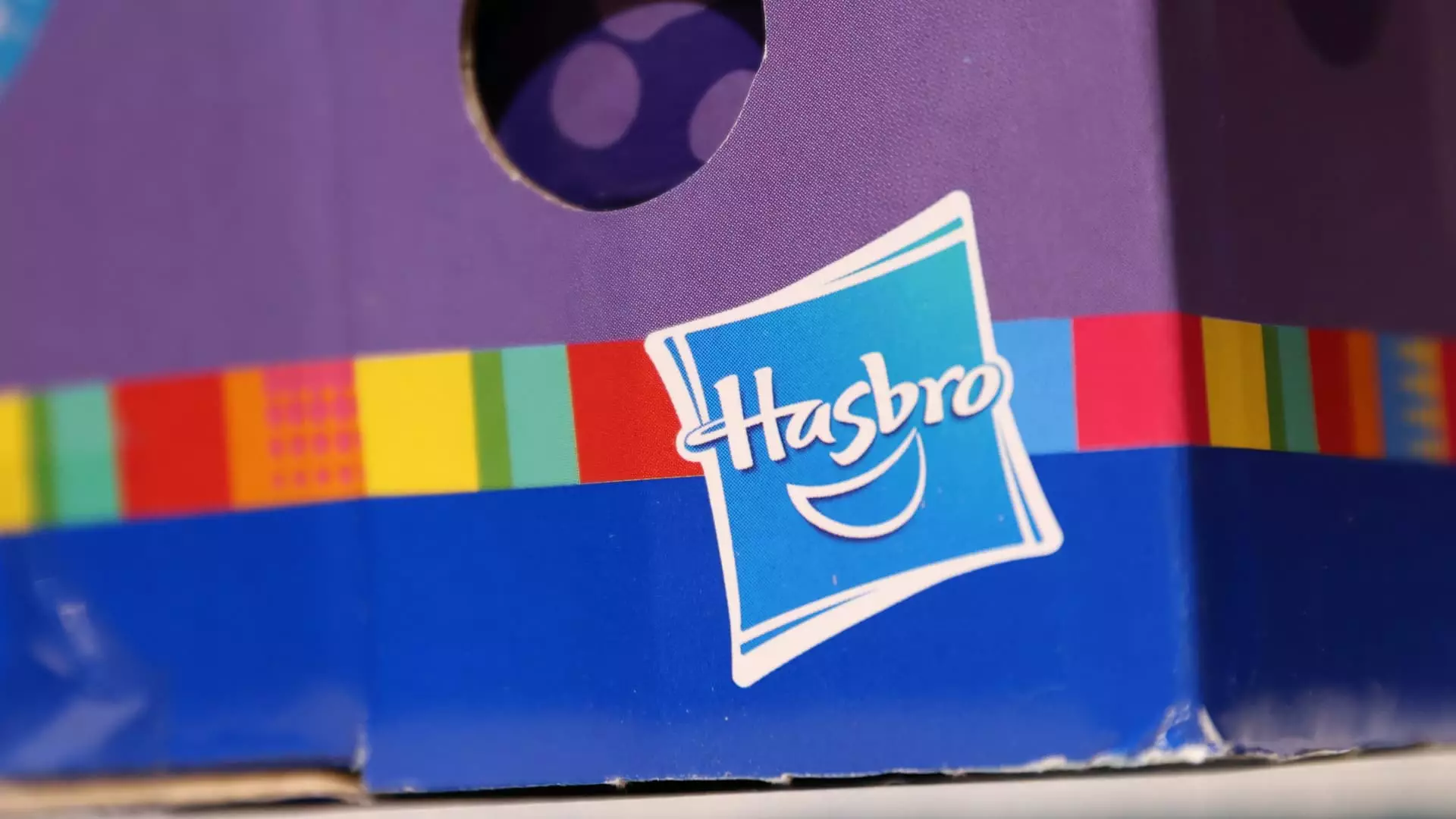The toy industry has long been intertwined with international markets, heavily relying on manufacturing and sourcing strategies that adapt to changing global conditions. Recently, Hasbro, a significant player in this sector, has outlined its optimistic yet pragmatic approach to navigating the challenges presented by Chinese tariffs and broader economic fluctuations. This article delves into Hasbro’s strategic adjustments, financial performance, and anticipated industry trends amidst a changing landscape.
Hasbro’s Chief Financial Officer, Gina Goetter, emphasized the company’s commitment to diversifying its manufacturing base away from China during an earnings call, aiming to reduce the proportion of products sourced from the country from 50% to less than 40% within the next two years. This shift aligns with ongoing geopolitical tensions and the increasing requirements for companies to react swiftly to tariff requirements imposed by the U.S. government. The recent tariffs, including a 10% levy on Chinese imports and a potential 25% tariff on products from Mexico and Canada, present significant challenges, but Hasbro’s proactive stance may mitigate some of the financial impacts.
While Hasbro’s primary focus remains on Chinese sources, Goetter noted the company’s limited engagement in sourcing from Canada and minimal imports from Mexico. This focused strategy allows Hasbro to streamline logistics and leverage existing supply chain strengths while exploring alternative manufacturing options. Such measures are essential as the company prepares for a period in which U.S. consumers may face higher prices on a range of toys, a situation echoed by competitors like Mattel, which has similarly indicated potential price increases on its well-known toy lines.
Financial Performance and Market Forecast
As the financial implications of these market adjustments come into play, Hasbro provided its guidance for 2025, projecting an adjusted EBITDA of $1.1 billion to $1.15 billion, reflecting a moderate increase from $1.06 billion in 2024. This forecast mirrors the anticipated impact of the tariffs, underscoring the company’s optimism rooted in planned mitigating strategies ranging from supply chain optimization to potential pricing revisions.
However, looking back at recent financial performance reveals challenges. Hasbro’s fourth-quarter earnings reported revenues of $1.1 billion, a notable drop of 15% year-over-year, as the previous year had recorded $1.29 billion. Furthermore, the full-year revenue declined by 17% to $4.14 billion in 2024, exacerbated by the company’s divestiture from its eOne film and television business. When excluding this significant sale, the decline in revenue remained concerning but at a smaller 7%, showcasing underlying issues in demand for traditional toy lines.
Digital and Licensed Gaming Growth
Amidst these challenges, Hasbro has identified growth opportunities in digital and licensed gaming, with revenue from these arenas surging by 35% in the fourth quarter to reach $132 million. This sector’s upward trajectory is increasingly essential for offsetting losses from traditional toy sales, particularly as mobile gaming continues to captivate consumer attention. Notably, the mobile game Monopoly Go! has proven lucrative, generating significant revenue and embodying the company’s shift toward more digitally interactive products.
Hasbro’s successes in digital gaming signal a broader trend in the toy industry, where traditional toys are increasingly intersecting with digital experiences. This merger of play forms not only captures diverse consumer demographics but also provides resilience against market shifts—an essential quality for both Hasbro and its competitors.
Innovation remains crucial as Hasbro navigates these economic waters. The announcement of a partnership with Mattel to produce a Play-Doh version of Barbie exemplifies a collaborative strategy to drive creativity and engage young audiences. By blending successful product lines, both companies capitalize on nostalgia and modern play experiences, fostering creativity among children while penetrating new markets.
Ultimately, Hasbro’s journey reflects the dynamic nature of the toy industry as it adjusts to external pressures and internal company restructuring. While the landscape is rife with challenges—primarily attributed to tariffs and shifting consumer preferences—Hasbro demonstrates considerable agility in both its operational strategy and market positioning. As it embarks on the next few years, its ability to innovate while managing cost fluctuations will be paramount to achieve sustained growth in an increasingly complex marketplace.

